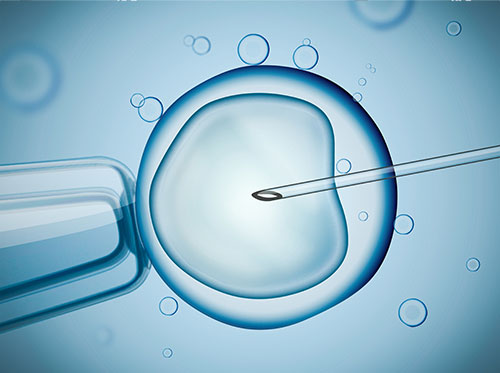
Invitro Fertilisation
Invitro Fertilisation (IVF)
Indications for IVF
- Blocked fallopian tubes
- Multiple failed cycles of IUI
- Moderate to severe endometriosis
- Abnormal sperm count or motility
- Post vasectomy
- Unexplained infertility
- Poor ovarian reserve
- Advanced female age
